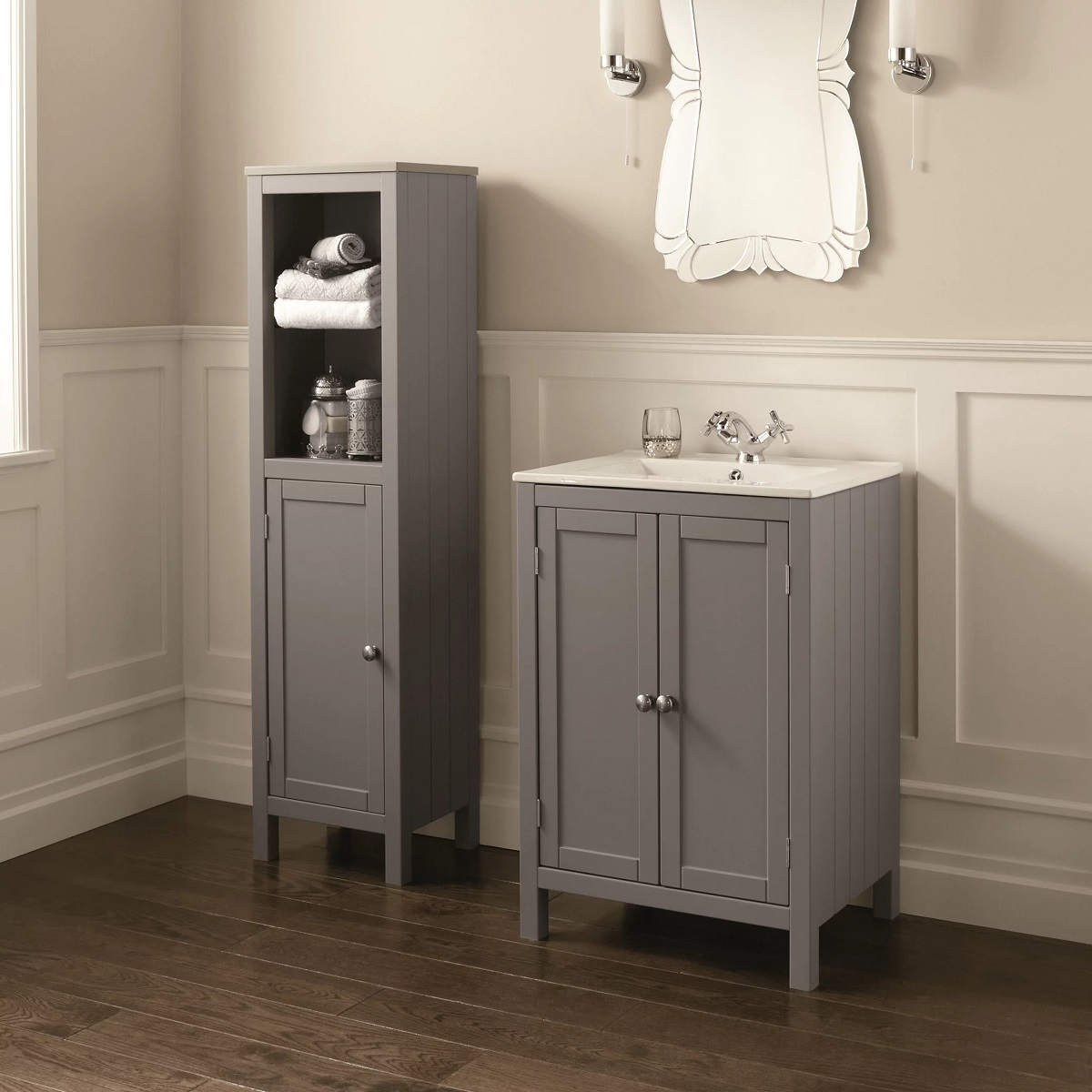

Articles
What Height Is A Bathroom Vanity
Modified: March 1, 2024
Discover the ideal height for a bathroom vanity with our informative articles. Find tips and insights to enhance your bathroom design and functionality.
(Many of the links in this article redirect to a specific reviewed product. Your purchase of these products through affiliate links helps to generate commission for Storables.com, at no extra cost. Learn more)
Introduction
When it comes to designing your bathroom, one of the key elements to consider is the height of your vanity. The vanity serves as a functional and aesthetic centerpiece, providing storage space and housing your sink and countertop. Getting the right vanity height is essential for a comfortable and visually appealing bathroom. In this article, we will explore the standard height for bathroom vanities, factors to consider when choosing vanity height, common height options, adjusting vanity height for accessibility, customizing vanity height, and the pros and cons of different vanity heights.
With the variety of options available, it’s important to make an informed decision that suits your needs and preferences. Whether you’re remodeling an existing bathroom or starting from scratch, understanding the basics of bathroom vanity height will help you create a space that is both functional and aesthetically pleasing.
Next, we’ll explore the standard height for bathroom vanities, which acts as a foundation for the rest of the information we’ll discuss.
Key Takeaways:
- Choose the right bathroom vanity height by considering user needs, functionality, style, and accessibility. Customizing the height allows for a personalized and functional space, enhancing the overall beauty and functionality of your bathroom.
- Standard, comfort, low, and customized vanity heights each have their own pros and cons. Consider user requirements and design preferences to make an informed decision that creates a comfortable, functional, and visually appealing bathroom space.
Read more: What Is The Standard Bathroom Vanity Height
Standard Height for Bathroom Vanities
The standard height for bathroom vanities typically ranges from 32 to 36 inches (81 to 91 cm). This measurement is taken from the floor to the top of the countertop or basin. The height of the vanity can vary depending on factors such as the height of the users, the style of the bathroom, and the type of sink or countertop being used.
The 32 to 36-inch standard height is designed to provide a comfortable and ergonomic experience for most people. It allows for easy access to the sink and countertop without requiring users to bend down too much or strain their backs. This height is suitable for individuals of average height and is commonly seen in residential bathrooms.
However, it’s important to note that the standard height may not be suitable for everyone. For taller individuals, a higher vanity may be more comfortable and ergonomic. On the other hand, for shorter individuals or children, a lower vanity height may be more appropriate to ensure easy reach.
Additionally, keep in mind that the standard vanity height may not be suitable for individuals with mobility or accessibility needs. In such cases, it may be necessary to customize the vanity height to accommodate specific requirements. We’ll explore more about customizing vanity height in a later section of this article.
Overall, the standard height for bathroom vanities provides a good starting point when choosing a vanity for your bathroom. However, it’s important to consider other factors to ensure the perfect fit for your needs and the style of your bathroom. Let’s delve deeper into these factors in the next section.
Factors to Consider When Choosing Vanity Height
When it comes to choosing the height of your bathroom vanity, there are several factors to consider. These factors will help determine the most comfortable and functional height for your specific needs. Here are a few key considerations:
- User Height: The height of the primary users of the bathroom should be taken into account. Taller individuals may prefer a higher vanity to avoid stooping, while shorter individuals may find a lower vanity more convenient for easy reach.
- Functionality: Think about how your vanity will be used. If you prefer a vessel sink or a deeper basin, you may need to adjust the height accordingly to ensure a comfortable experience.
- Style and Aesthetic: Consider the overall style and aesthetic of your bathroom. A higher vanity can create a more dramatic and imposing look, while a lower vanity can provide a sleek and modern appearance.
- Accessibility: If the bathroom needs to be accessible for individuals with disabilities or mobility issues, it’s important to customize the vanity height to accommodate their needs. This may involve adjusting the height to be lower or higher, depending on the specific requirements.
- Plumbing and Electrical Considerations: Take into account the location of plumbing and electrical connections. Ensure that the vanity height allows for easy access and maintenance without causing any interference with these important components.
- Personal Preference: Ultimately, your personal preference plays a significant role in choosing the vanity height. Consider what feels most comfortable and practical for you and aligns with your aesthetic preferences.
By taking these factors into consideration, you can choose a vanity height that is perfect for your needs and enhances the functionality and overall look of your bathroom. Next, we’ll explore some common height options for bathroom vanities.
Common Height Options for Bathroom Vanities
While the standard height for bathroom vanities ranges from 32 to 36 inches, there are other common height options to consider. These options provide flexibility and cater to different design preferences and user needs. Here are some of the common height options for bathroom vanities:
- Comfort Height: Also known as “ADA height” or “universal height,” comfort height vanities are typically 36 inches (91 cm) tall. These vanities are designed to accommodate individuals with mobility issues or disabilities, as well as taller individuals who prefer a more ergonomic experience. Comfort height vanities provide a higher countertop that requires less bending, making them accessible and comfortable for a wide range of users.
- Low Height: For smaller spaces or bathrooms with a lower ceiling height, a low-height vanity may be the ideal choice. Low-height vanities are usually around 30 inches or lower, offering a sleek and compact look. These vanities are suitable for children’s bathrooms or spaces where the priority is to conserve vertical space.
- Floating Vanities: Floating vanities are a popular choice for modern and minimalist bathroom designs. These vanities are mounted on the wall, giving the illusion of floating above the floor. The height of floating vanities can vary, depending on personal preference and the desired aesthetic. They offer a clean and open look, making the bathroom feel more spacious.
- Vanity Cabinets: Vanity cabinets typically have a standard height but can be customized to suit your preferred height range. This allows for ample storage space while providing the flexibility to adjust the countertop height as needed.
- Double Vanities: In bathrooms shared by couples or multiple users, double vanities are a practical choice. These vanities feature two sinks and countertops, providing functionality and convenience. The height of double vanities usually follows the standard or comfort height options, ensuring comfort for both users.
- Vanity Stools or Chairs: If you plan to have seating options in your bathroom, such as a vanity stool or chair, consider the height of the seating in relation to your vanity height. The seating should be at a comfortable height for easy use when getting ready.
These common height options offer versatility and customization possibilities for your bathroom vanity. Consider your specific needs, style preferences, and the overall design of your bathroom before making a decision. In the next section, we will explore how to adjust vanity height for accessibility.
When choosing a bathroom vanity, consider a standard height of 32 inches for comfort and functionality. However, taller individuals may prefer a height of 36 inches for better ergonomics.
Adjusting Vanity Height for Accessibility
Accessibility is an important consideration when designing a bathroom, especially for individuals with disabilities or limited mobility. Adjusting the vanity height can make a significant difference in ensuring ease of use and comfort. Here are some ways to adjust the vanity height for accessibility:
- Lower Vanity Height: For wheelchair users or individuals who find it difficult to reach a standard-height vanity, lowering the vanity height can improve accessibility. This can be achieved by installing a lower vanity or by adjusting the height of an existing vanity by removing the legs or modifying the cabinetry.
- Accessible Sinks: Consider installing an accessible sink that allows for knee clearance. These sinks typically have an open space underneath, providing room for a wheelchair user to comfortably position their knees beneath the sink.
- Wall-Mounted Options: Opting for a wall-mounted vanity can allow for greater flexibility in adjusting the height. The vanity can be mounted at a height that suits the specific needs of the user, ensuring easy access and use.
- Adjustable Height Systems: Some bathroom manufacturers offer adjustable height systems for vanities. These systems allow for easy manipulation of the vanity height, providing flexibility for individuals with varying needs and preferences.
- Grab Bars and Support: Incorporating grab bars and support rails near the vanity can increase safety and stability for individuals with mobility challenges. These additional features can be strategically placed to provide added support during use.
- Accessible Clearances: Ensure that there is enough clearance around the vanity area for easy maneuvering, especially for wheelchair users. Adequate space allows for easy transfer onto and off the vanity, increasing accessibility.
By adjusting the vanity height for accessibility, you can create a bathroom that is inclusive and user-friendly for all individuals. Consult with professionals or accessibility experts to determine the best solution for your specific needs.
Next, we’ll discuss the option of customizing the height of your bathroom vanity.
Customizing Bathroom Vanity Height
Customizing the height of your bathroom vanity allows you to create a space that perfectly suits your needs and preferences. Whether you want a vanity that is higher or lower than the standard options, customization provides flexibility and ensures a comfortable experience. Here are some ways to customize the height of your bathroom vanity:
- Hiring a Professional: If you’re not comfortable with DIY projects, it’s recommended to hire a professional contractor or bathroom designer. They can help assess your space, suggest options for customizing the vanity height, and complete the necessary adjustments using their expertise and knowledge.
- Modifying an Existing Vanity: If you already have a vanity that you love but want to adjust the height, consider modifying the existing piece. This can involve removing or adding legs, adjusting the height of the cabinetry, or even using risers to raise the vanity if desired.
- Bespoke Vanity: Another option for customization is to have a vanity custom-made to your specifications. This allows you complete control over the design, size, and height of the vanity. Working with a skilled craftsman or cabinetmaker, you can create a vanity that is tailored to your exact needs and style preferences.
- Modular Vanity Systems: Some manufacturers offer modular vanity systems that allow you to mix and match different components to create a custom vanity. These systems often come with options for adjustable height, giving you the flexibility to adapt the vanity to your unique requirements.
- Combining Standard and Custom Heights: In certain situations, it may be beneficial to combine different vanity heights to achieve the desired result. For example, you may opt for a comfort-height vanity on one side of a double vanity setup and a standard-height vanity on the other side to accommodate different user preferences.
Customizing the height of your bathroom vanity ensures a personalized and functional space. Take into consideration your specific needs, the style of your bathroom, and seek expert advice if needed. By customizing the height, you can create a vanity that is not only visually appealing but also enhances the overall functionality of your bathroom.
In the next section, we’ll discuss the pros and cons of different vanity heights to help you make an informed decision.
Pros and Cons of Different Vanity Heights
Choosing the right height for your bathroom vanity is crucial in creating a functional and visually appealing space. Different vanity heights come with their own set of advantages and disadvantages. Let’s explore the pros and cons of various vanity heights to help you make an informed decision:
- Standard Height:
- Pros: The standard height provides a comfortable and ergonomic experience for most individuals. It is widely available and fits well in most bathroom designs.
- Cons: It may not be suitable for taller or shorter individuals, as it may require them to stoop or stretch to reach the sink and countertop.
- Comfort Height:
- Pros: Comfort height vanities are designed to accommodate individuals with mobility issues or disabilities. They provide a more ergonomic experience and make it easier for taller individuals to use the sink without bending too much.
- Cons: Comfort height vanities may not be suitable for shorter individuals or children, as they may find it challenging to reach the countertop comfortably.
- Low Height:
- Pros: Low-height vanities are perfect for small spaces or bathrooms with low ceilings. They provide a sleek and compact look, freeing up vertical space.
- Cons: They may not be suitable for individuals who prefer a higher countertop or have specific accessibility needs.
- Floating Vanities:
- Pros: Floating vanities create a modern and minimalist look, making your bathroom appear more spacious. The height can be customized to your preference, providing flexibility.
- Cons: Floating vanities may require professional installation and can limit storage space compared to traditional vanities.
- Customized Height:
- Pros: Customizing the vanity height allows you to create a personalized and functional space that caters to your specific needs and preferences.
- Cons: Depending on the customization method chosen, it may be more time-consuming and costly compared to selecting a standard height vanity.
Consider the pros and cons of each vanity height option in relation to your requirements, accessibility needs, and design preferences. Determine what is most important to you and select the vanity height that will best meet those criteria.
Finally, let’s wrap up our discussion.
Conclusion
Choosing the right height for your bathroom vanity is essential for creating a comfortable, functional, and visually appealing space. While the standard height for bathroom vanities usually ranges from 32 to 36 inches, there are various factors to consider when determining the ideal height for your specific needs.
Factors such as user height, functionality, style, accessibility requirements, and personal preference should all be taken into account. Taller individuals may prefer a higher vanity, while shorter individuals or children may find a lower vanity more convenient. The style and aesthetic of your bathroom, as well as any accessibility considerations, will also impact your decision.
Additionally, you have the option to customize the vanity height to cater to your unique requirements. Whether you modify an existing vanity, opt for a bespoke solution, or utilize adjustable height systems, customization allows for a personalized touch and optimal comfort.
Each vanity height option, including the standard height, comfort height, low height, floating vanities, and customized heights, comes with its own advantages and disadvantages. It’s crucial to consider these pros and cons in relation to your needs and preferences to make an informed decision.
Ultimately, the goal is to create a bathroom space that is not only aesthetically pleasing but also functional and accessible. By carefully considering the factors mentioned earlier and selecting the appropriate vanity height, you can achieve a bathroom that enhances your daily routine and reflects your personal style.
Remember, it’s always recommended to consult with professionals or bathroom designers, especially when customizing vanity heights or addressing accessibility needs. Their expertise will ensure that your bathroom design is safe, practical, and visually appealing.
With proper consideration and customization, you can create a bathroom vanity that perfectly suits your needs and contributes to the overall beauty and functionality of your space.
Frequently Asked Questions about What Height Is A Bathroom Vanity
Was this page helpful?
At Storables.com, we guarantee accurate and reliable information. Our content, validated by Expert Board Contributors, is crafted following stringent Editorial Policies. We're committed to providing you with well-researched, expert-backed insights for all your informational needs.
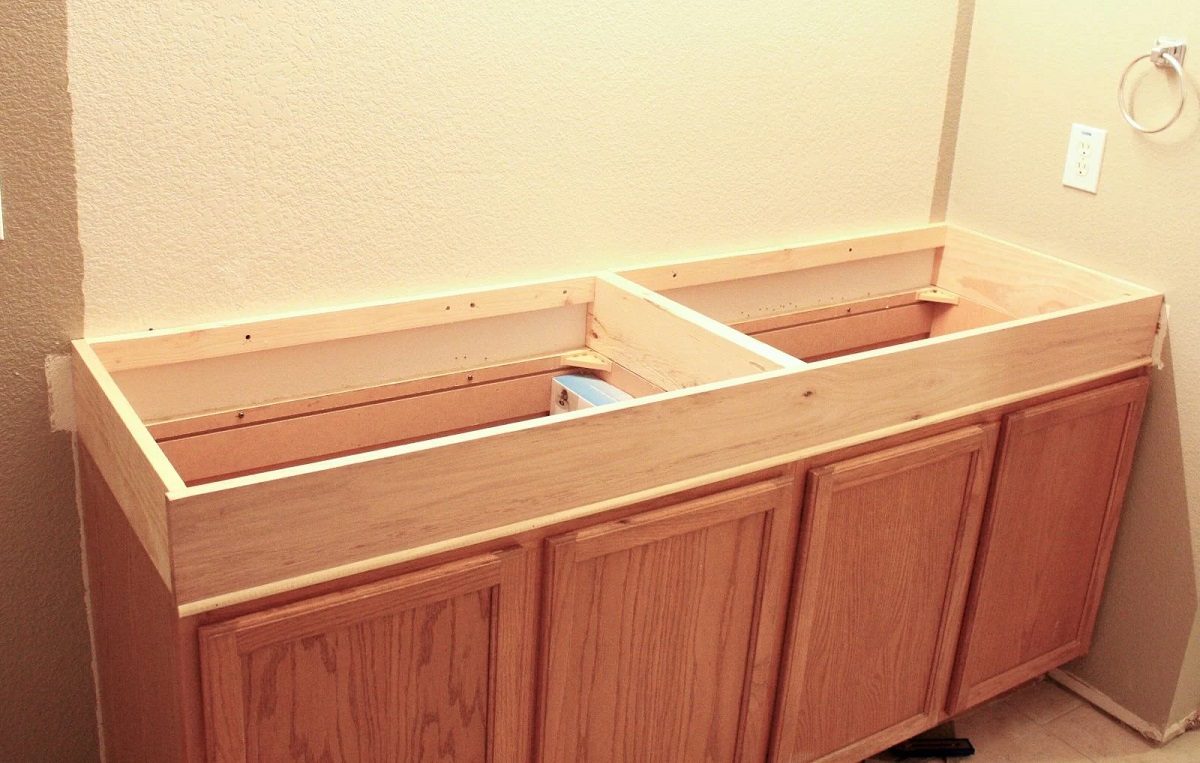
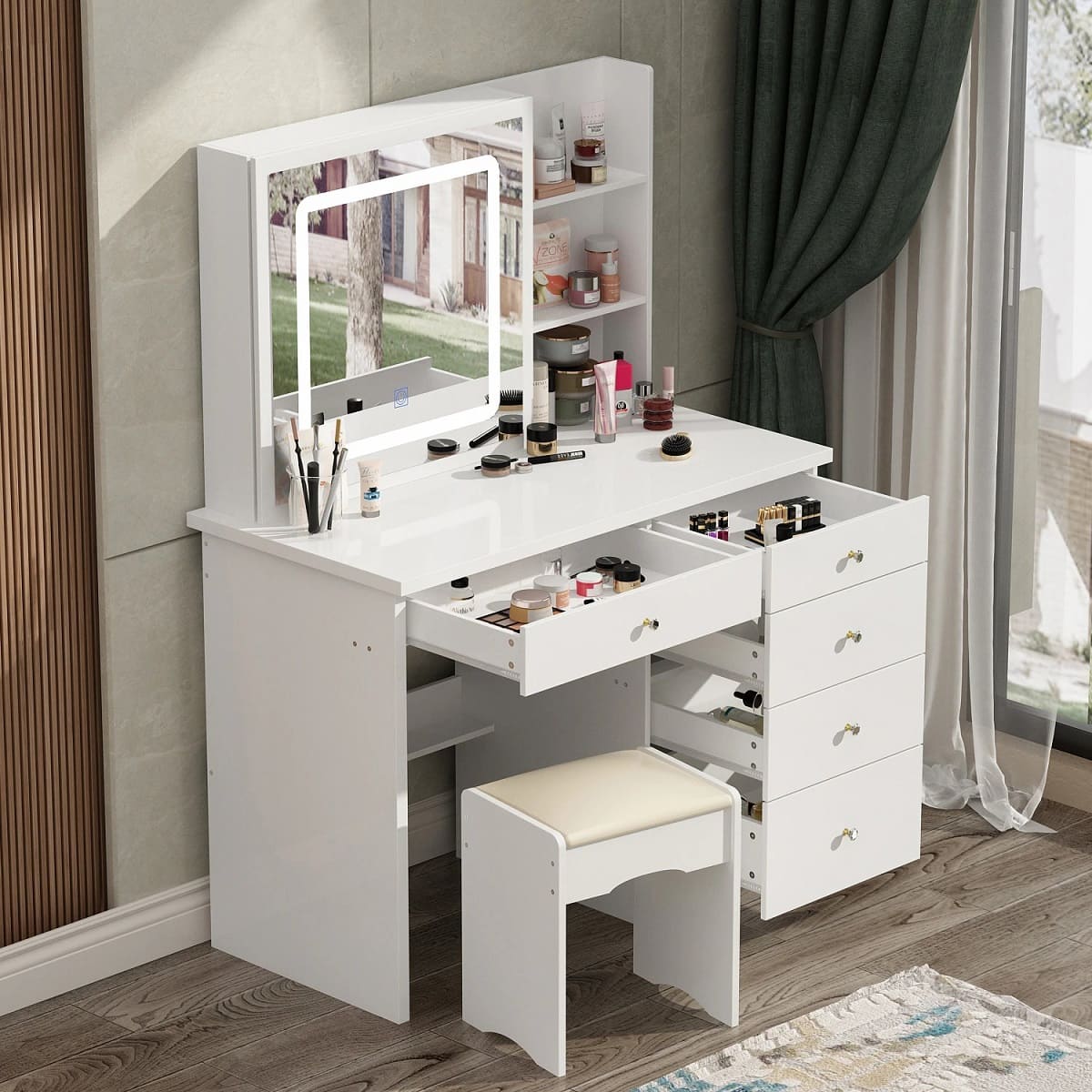
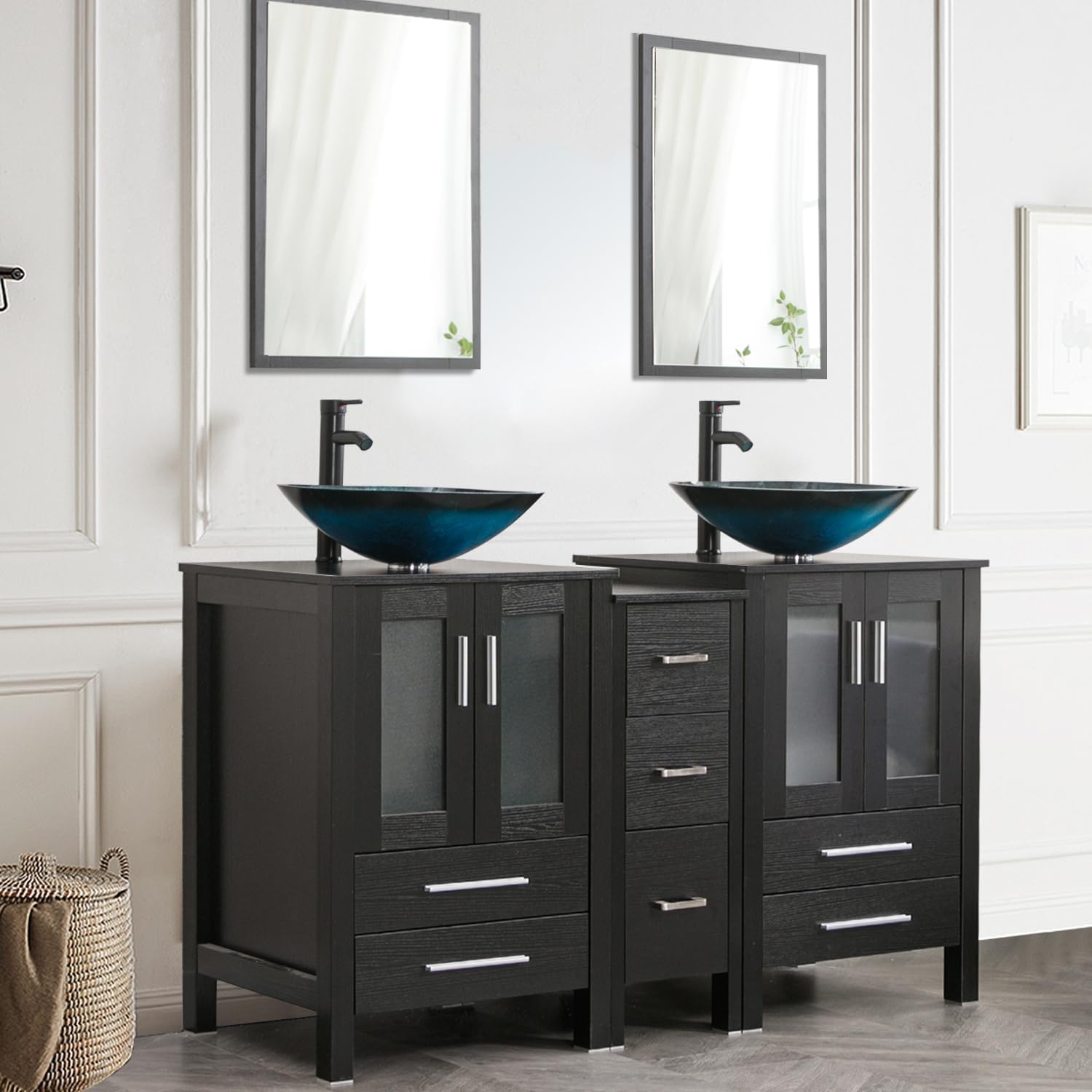
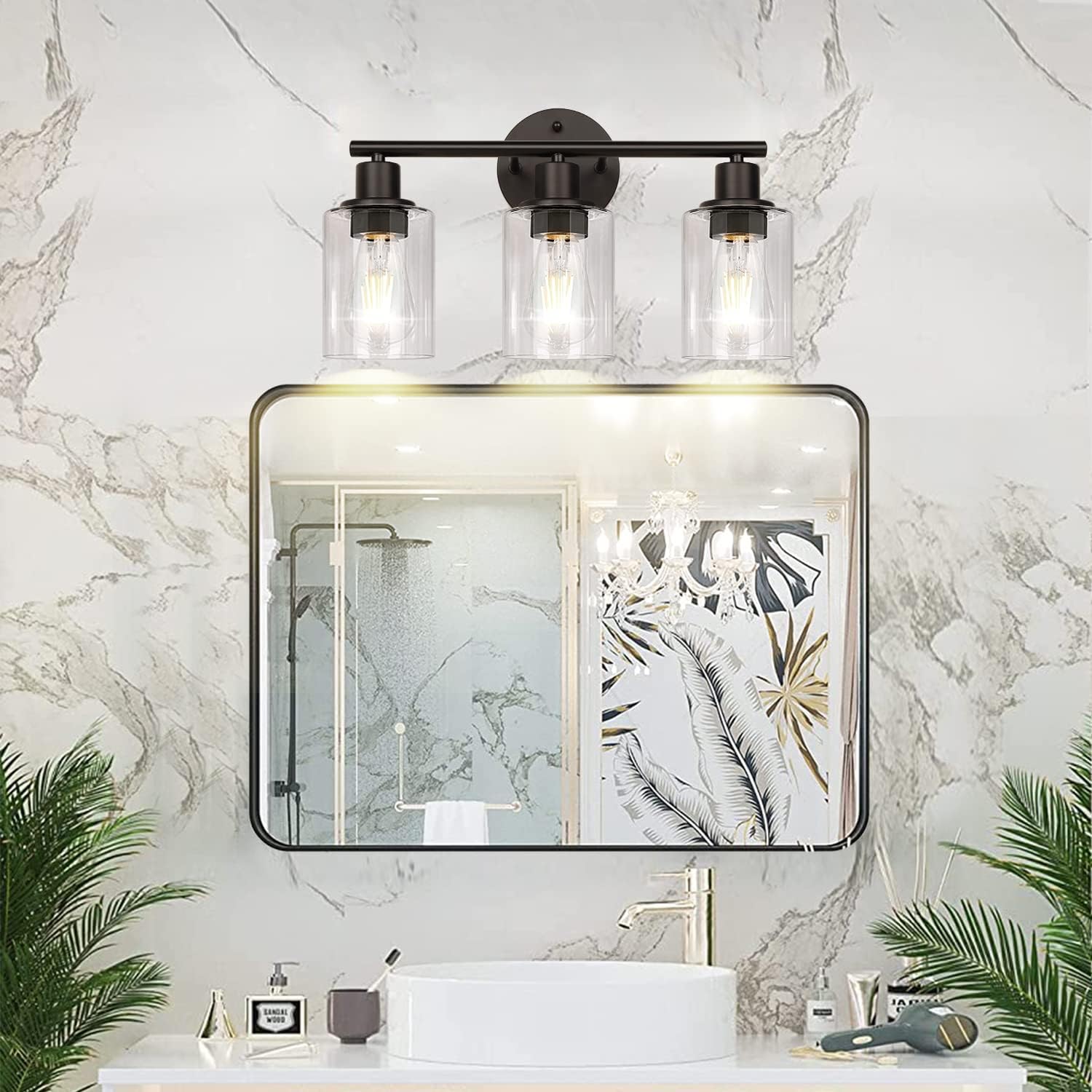
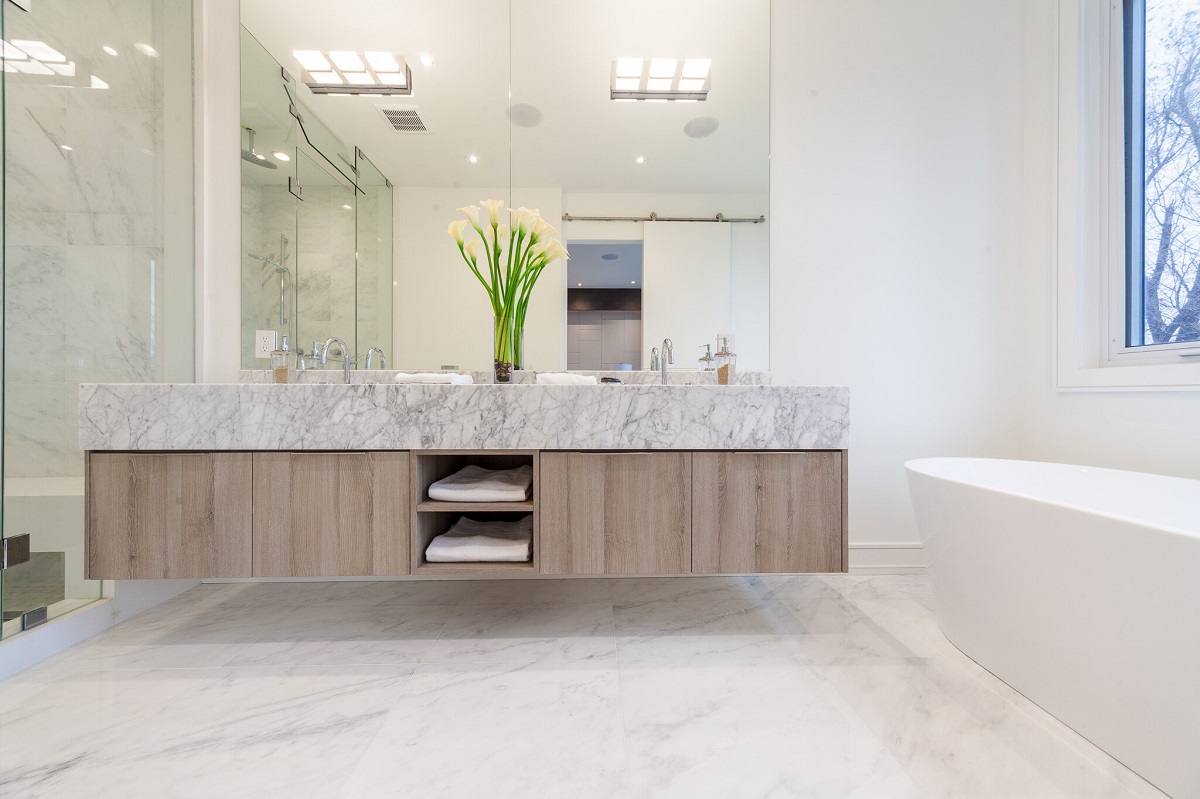
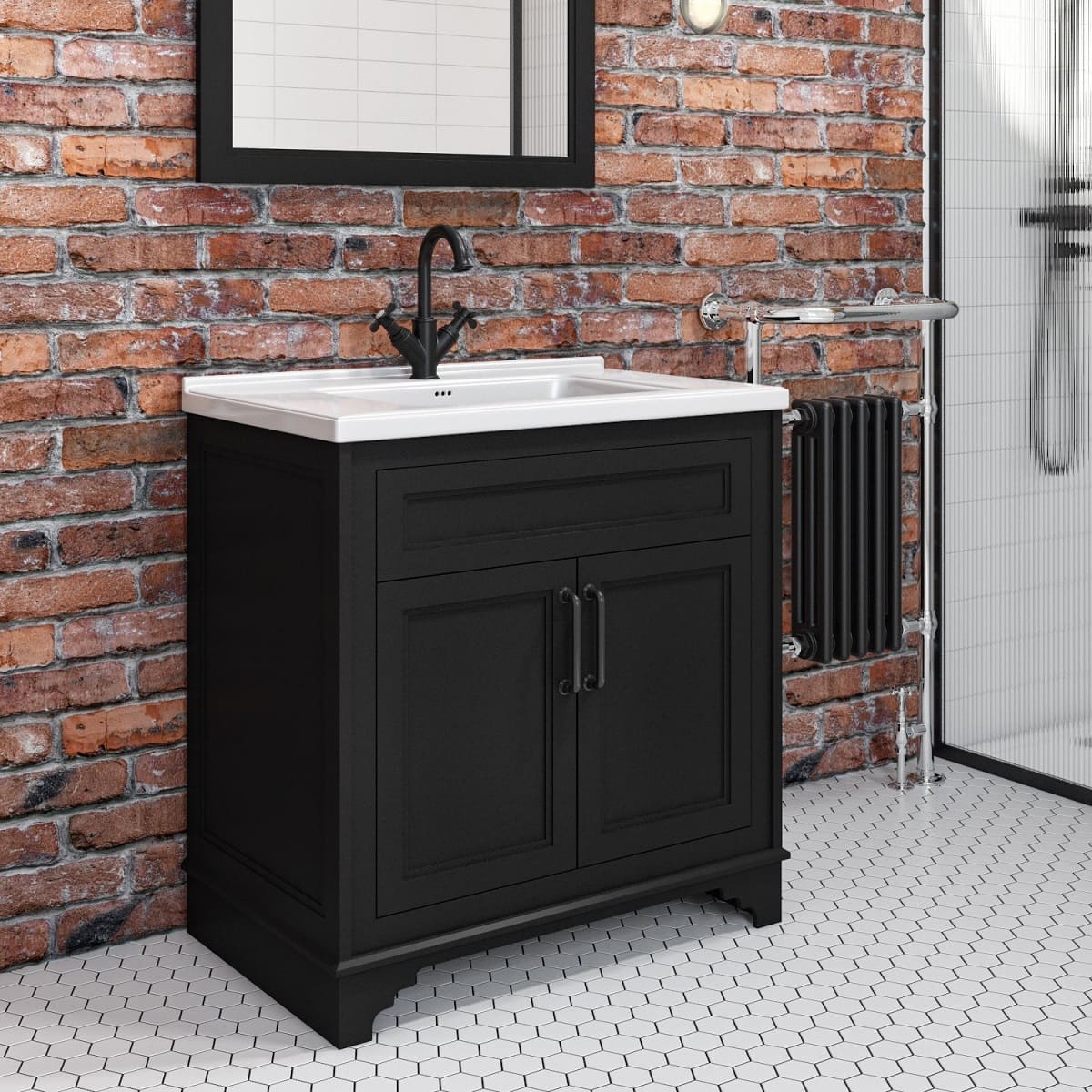
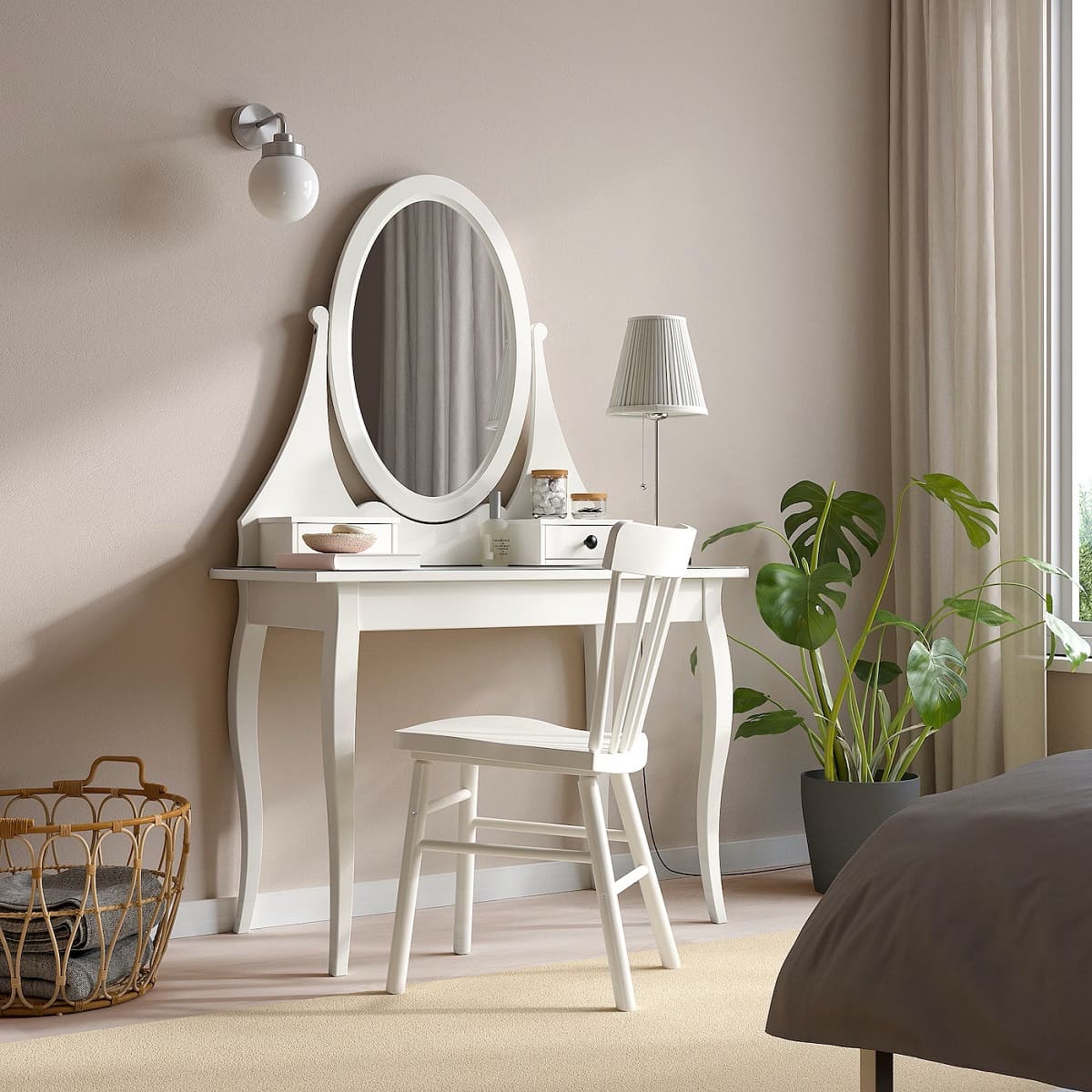
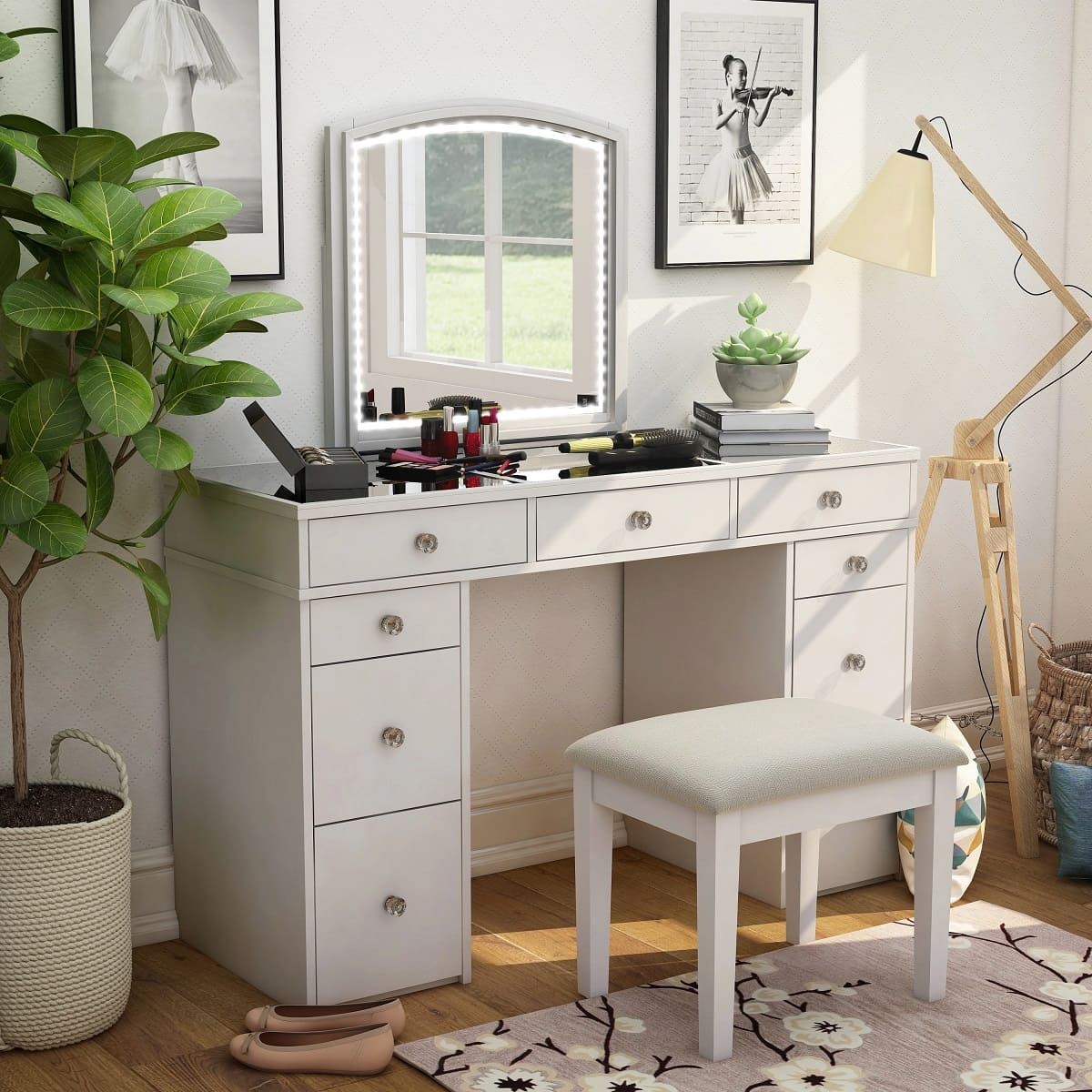
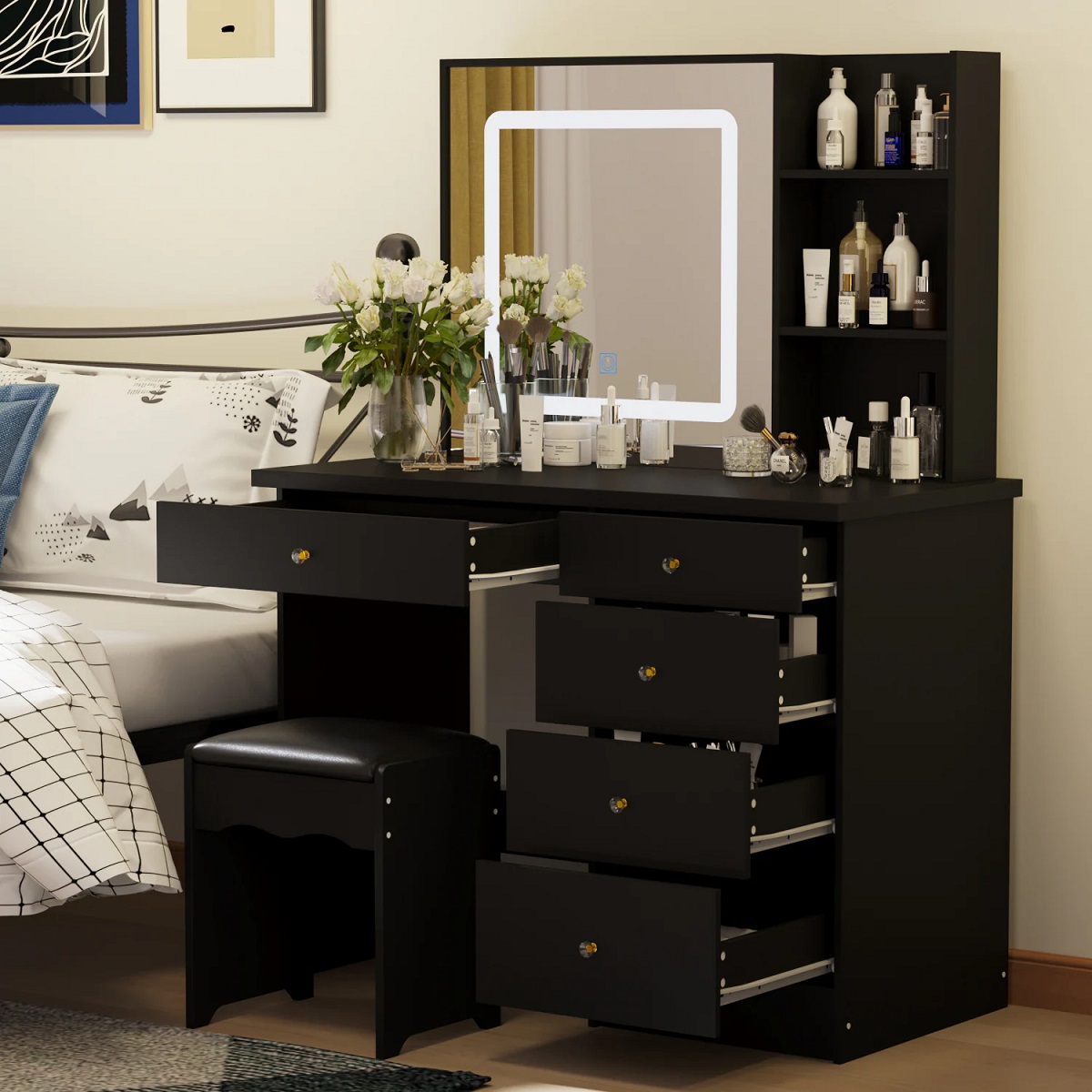
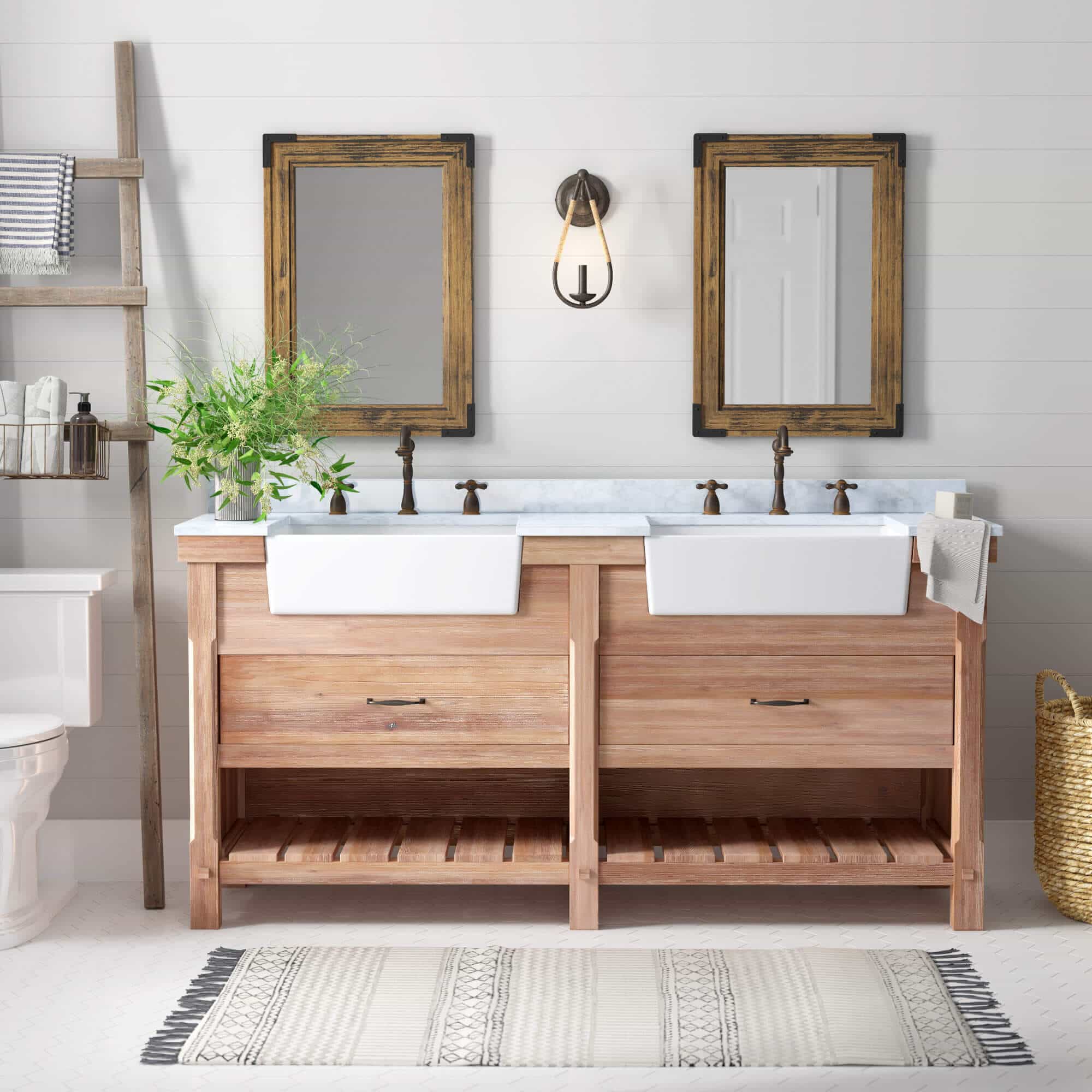
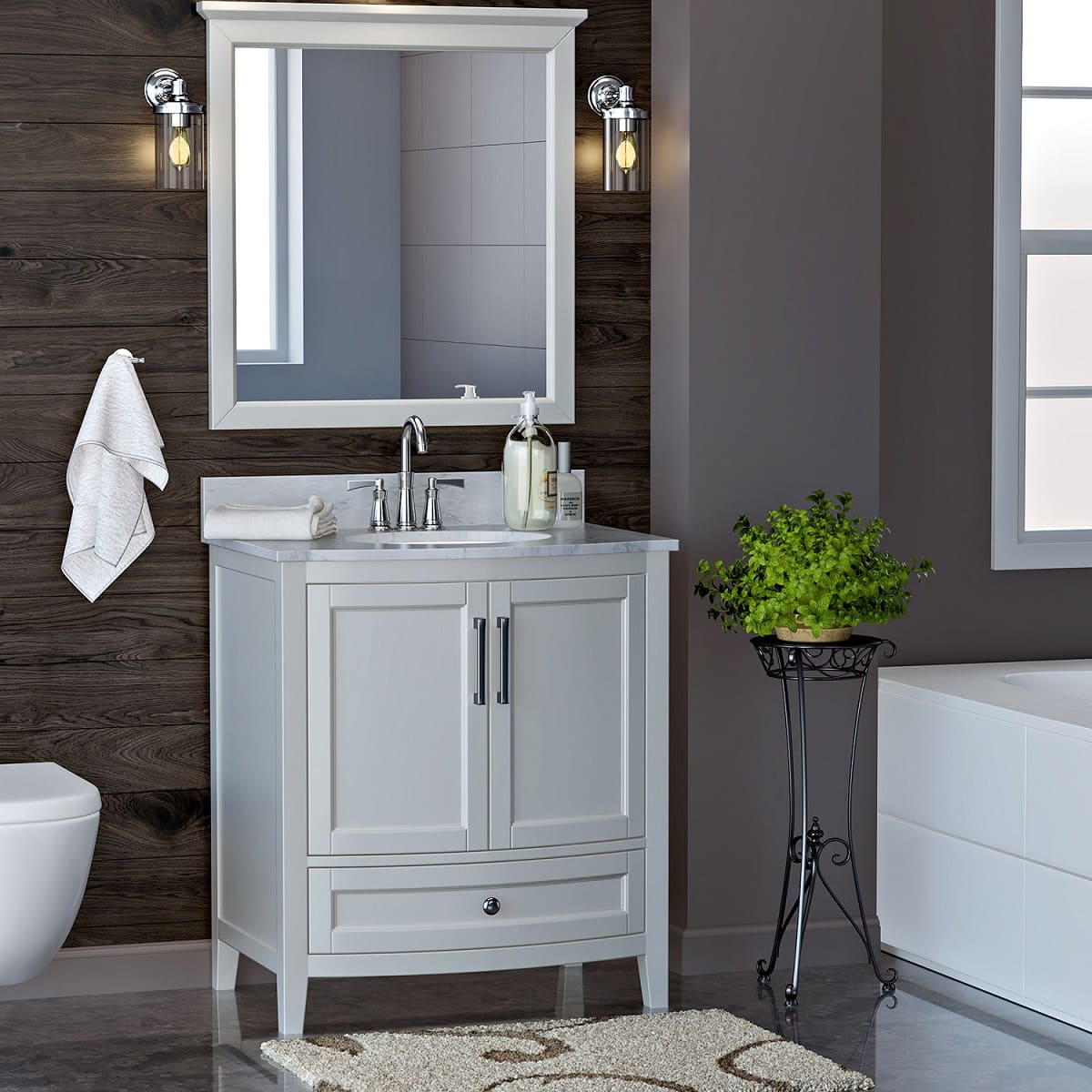

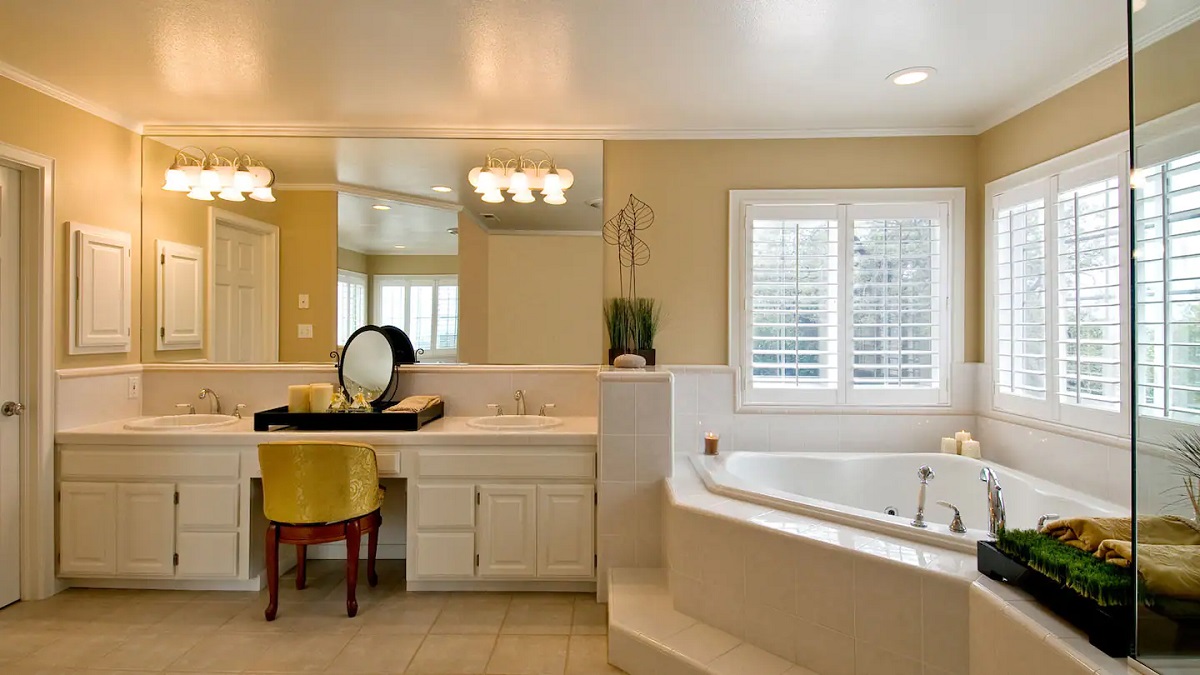
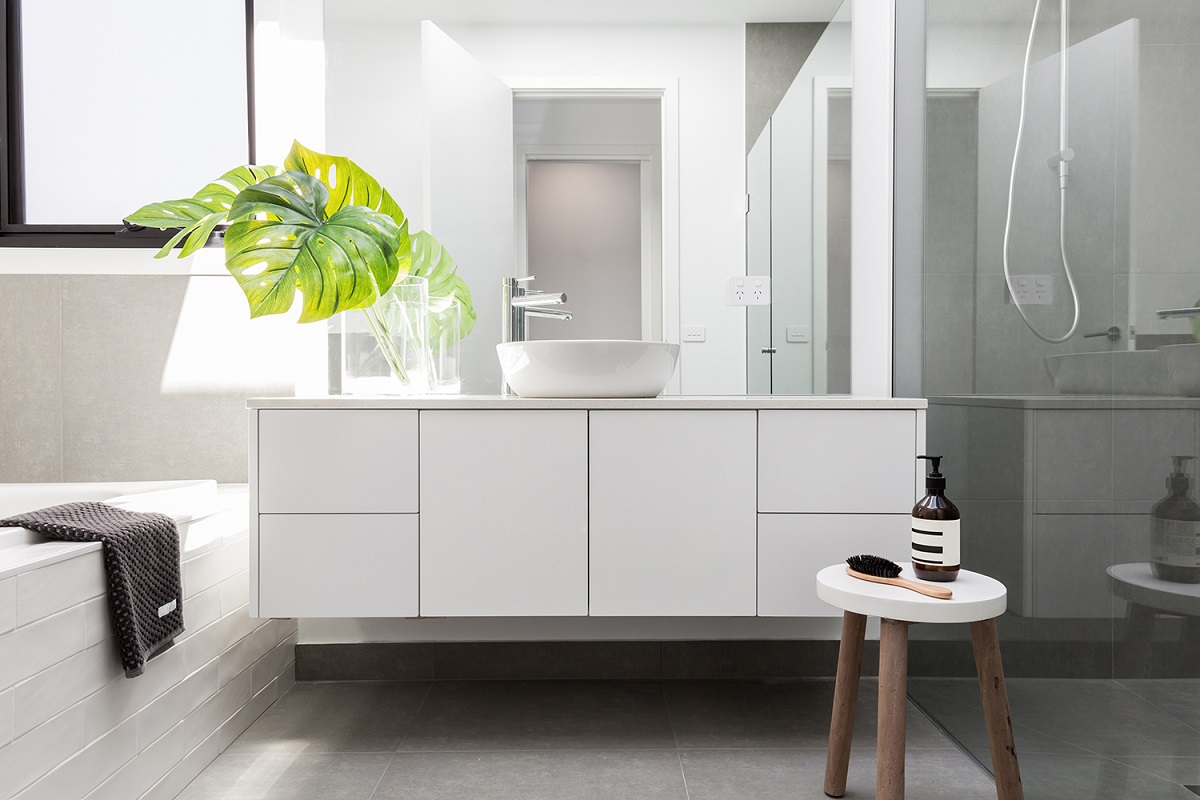

0 thoughts on “What Height Is A Bathroom Vanity”